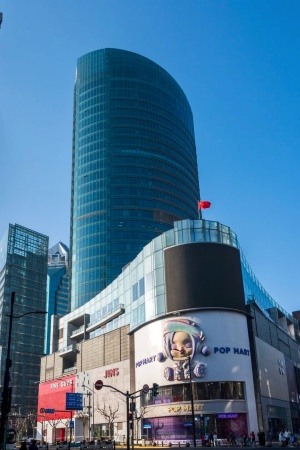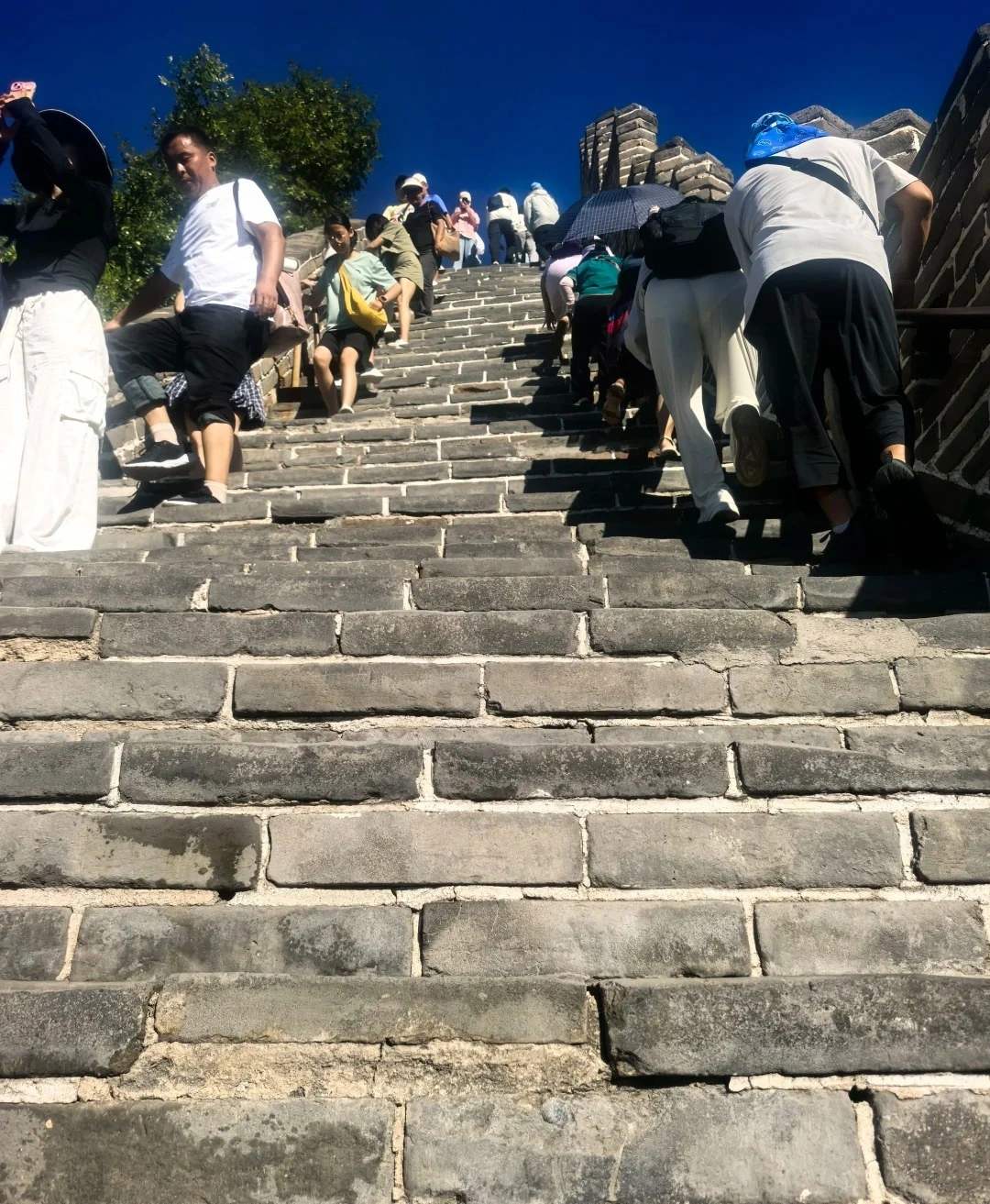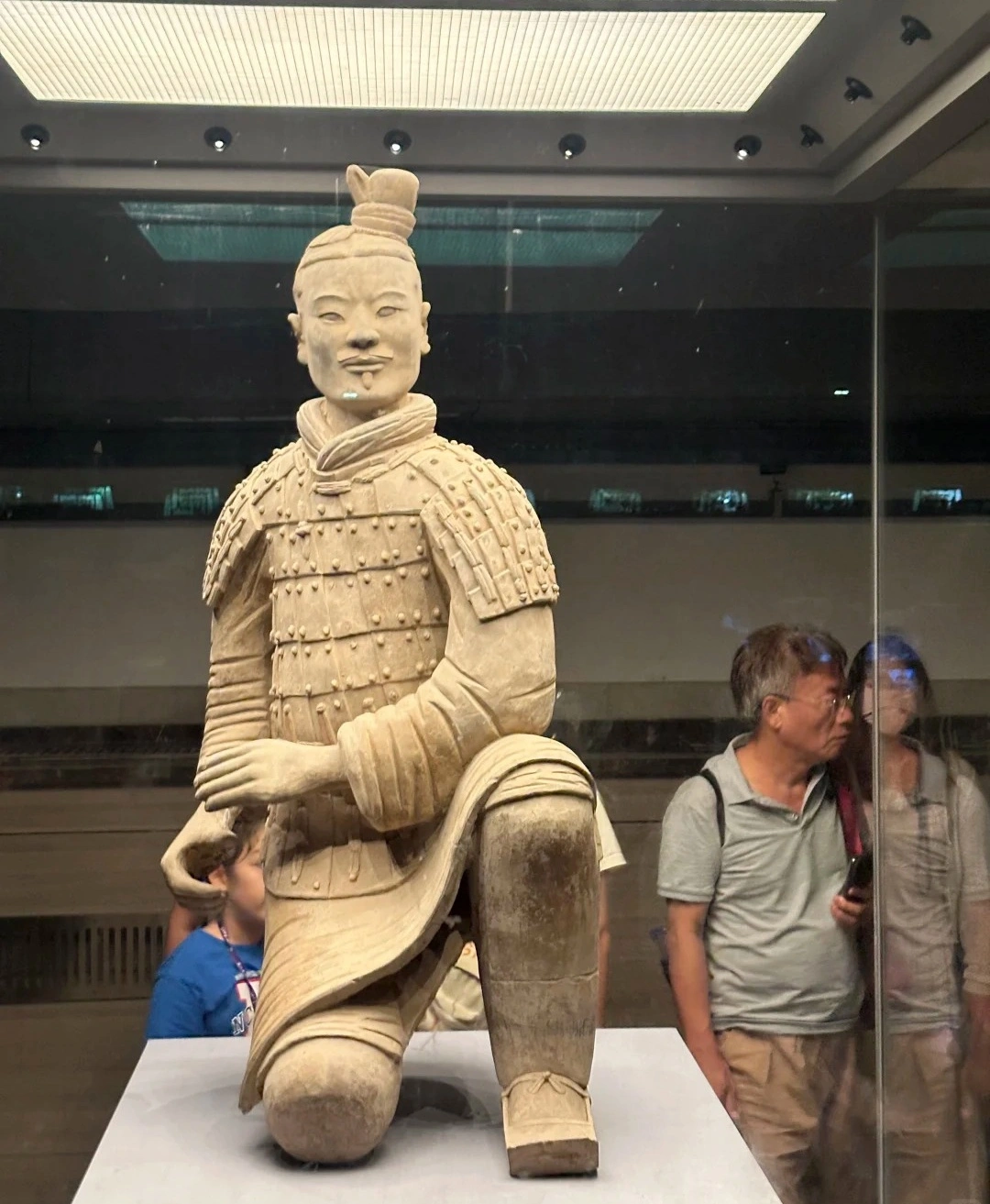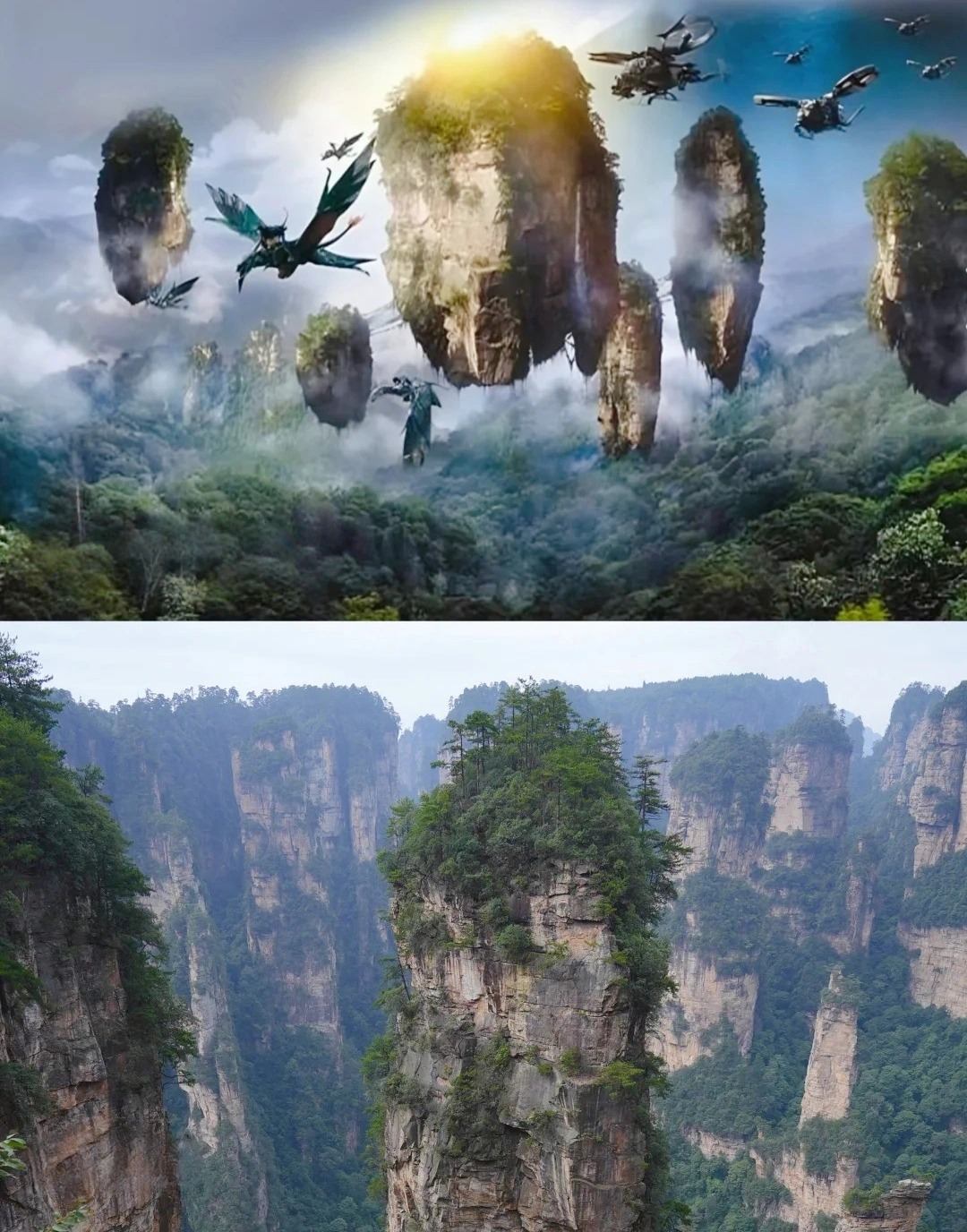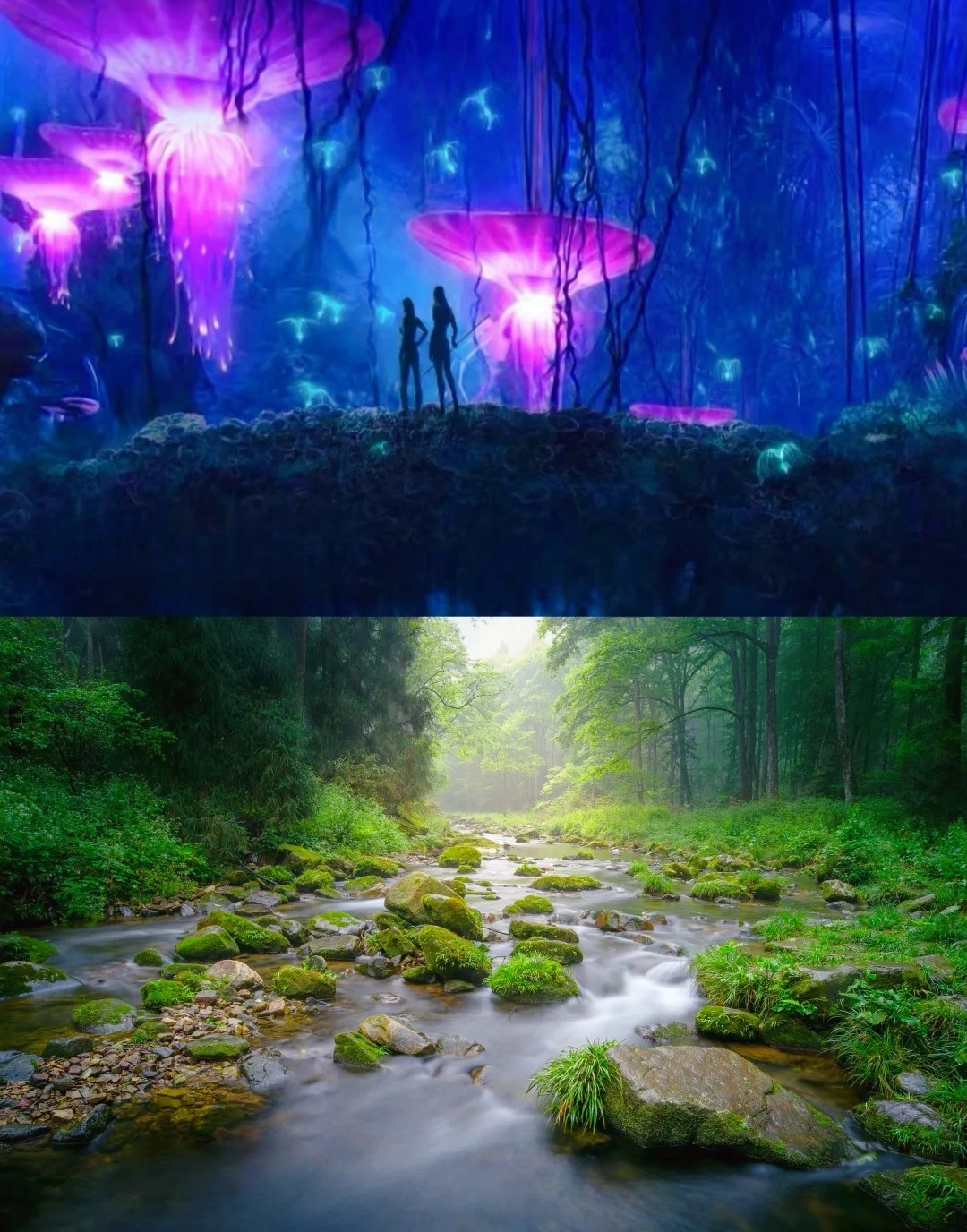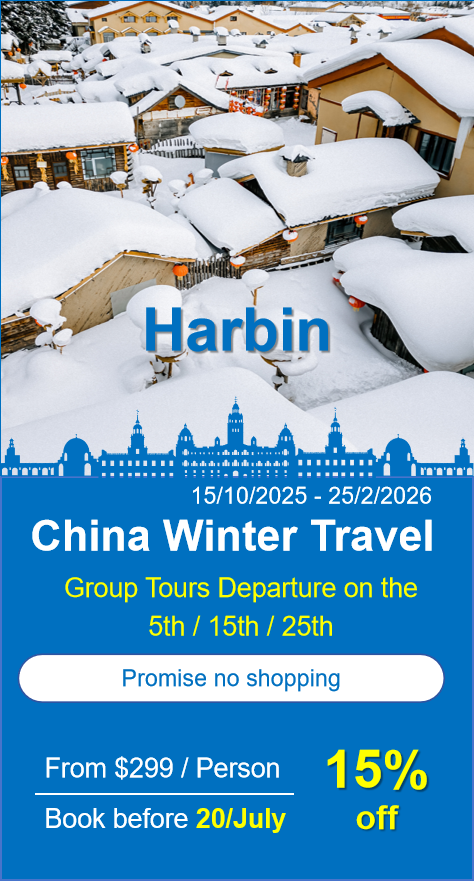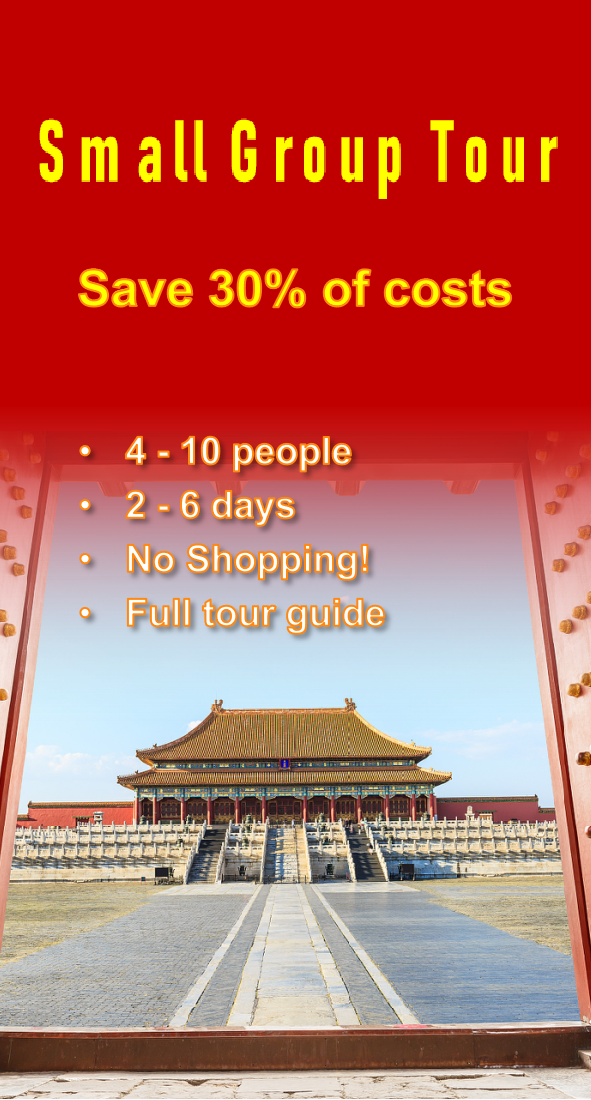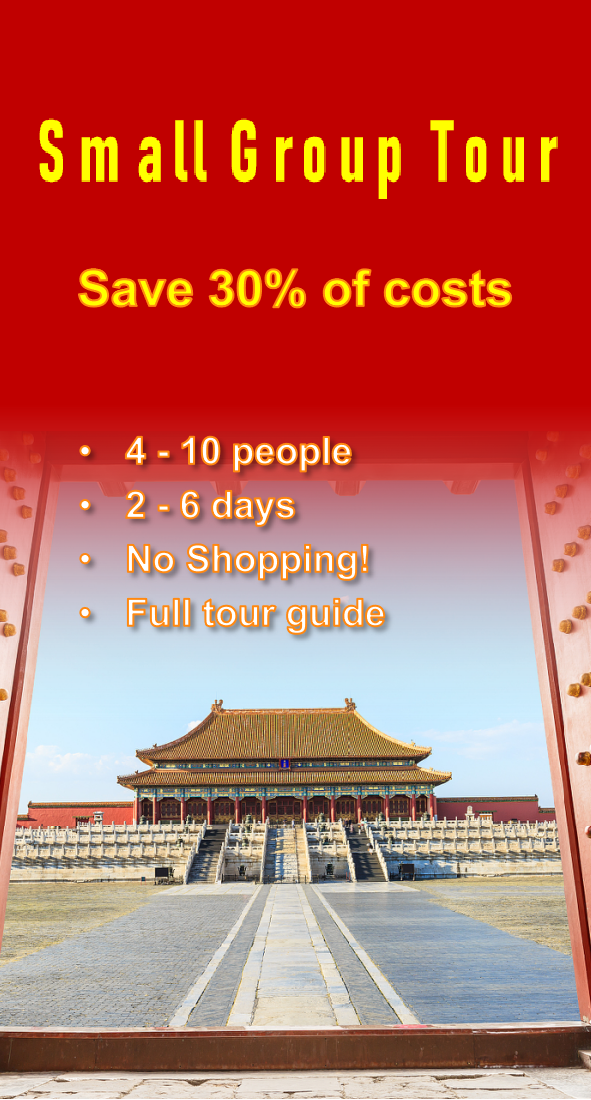Harbin Ice and Snow World
Historical Overview
The park’s roots trace back to Harbin’s 1963 Ice Lantern Festival, but its modern identity was forged in the 1990s:
1999: The first Ice and Snow World debuted, showcasing a 30-meter-tall ice replica of Beijing’s Tiananmen Gate.
2007: Hosted the 24th Winter Universiade’s opening ceremony, introducing ice slides and snow sculptures to the world.
2017: Set a Guinness World Record for the “World’s Tallest Ice Building” (a 51-meter ice pagoda).
2022: Integrated 5G-powered light shows and AR experiences, merging tradition with tech.
2023: Partnered with Disney to launch frozen versions of Frozen’s Arendelle and Avatar’s Pandora.
Structural Layout
The park is divided into themed zones, each a masterclass in ephemeral engineering:
Main Square: A 100-meter-wide ice stage for nightly laser shows and fireworks.
Global Ice Architecture Zone: Replicas of the Eiffel Tower, Sydney Opera House, and Moscow’s St. Basil’s Cathedral.
Mythical Realms: A snow-carved Journey to the West fantasyland and a Nordic ice kingdom with Odin’s throne.
Adventure Zone: 300-meter-long ice slides, snowmobiling tracks, and a bobsled coaster.
Cultural Corridor:Ice Art Museum: Rotating exhibits of ice micro-sculptures (some smaller than a grain of rice).
Siberian Tiger Pavilion: Life-sized ice tigers guarding a frozen “Snow Queen’s Palace.”
Russian Folk Village: Matryoshka doll ice houses and vodka-tasting igloos.
Supporting Infrastructure:Heated Rest Areas: Every 200 meters, with reindeer-hide seating and ginger tea.
Ice Lockers: For storing winter gear (¥10/day).
Medical Stations: Equipped with frostbite kits and heated blankets.
Major Attractions
Main Ice Tower: A 45-meter-tall spiral staircase leading to a panoramic viewing deck (2024’s edition features a frozen “Stairway to Heaven”).
Ice Labyrinth: A 1,000-square-meter maze with optical illusions and hidden ice bars.
Snow Sculpture Garden: 30-meter-tall carvings of dragons, phoenixes, and a 2024 Lunar New Year-themed “Year of the Dragon” spectacle.
Aurora Borealis Theater: A 360-degree dome simulating the Northern Lights with snowfall effects.
Ice Wedding Chapel: Couples exchange vows on a frozen altar (¥8,888 for a package with ice diamonds and reindeer sleighs).
Arctic Explorer Camp: Sleep in heated glass igloos, stargaze through ice domes, and track “snow foxes” (actually staff in costumes).
Disney on Ice: A 2024 collaboration with a 1:1 scale ice replica of Elsa’s castle from Frozen 2.
Suggested Itineraries
Classic Route (3–4 Hours):
Main Square Show → Global Architecture Tour → Ice Slides → Snow Sculpture Garden → Aurora Borealis Theater
Highlights: Iconic sculptures, thrills, and light show.
Extended Route (5–6 Hours):
Add: Mythical Realms, Arctic Explorer Camp (day visit), and a vodka-tasting session.
Highlights: Fantasy worlds and local spirits.
Comprehensive Route (Full Day):
Include all zones, plus a 2-hour ice-carving workshop, a reindeer sleigh ride, and the 8 PM “Frozen Symphony” (fireworks + ice orchestra).
Highlights: Hands-on artistry and a nighttime spectacle.
Ticket Purchase
Standard Ticket: ¥328 (peak season: Dec 25–Feb 15), ¥200 (off-season: Dec 1–24, Feb 16–28).
Fast Pass: ¥588 (skip lines for top 5 attractions).
VIP Package: ¥1,288 (private guide, heated lounge access, and a snowmobile ride).
Concessions: ¥164 (students/seniors), free for children under 1.2m.
Online Booking: Via Ctrip, Fliggy, or the official WeChat mini-program (up to 15 days in advance).
Group Discounts: ¥298/person for groups of 20+.
Subway: Line 2 to Ice and Snow World Station (Exit 1), 3-minute walk.
Bus: Routes 29, 42, 43, 47, 80, 119, 125, 126, 127, or 213 to Ice and Snow World Stop.
Taxi: Direct to the park entrance (¥40 from Harbin Railway Station).
Shuttle Bus: Free from major hotels (reservations required).
Parking: ¥20/day (electric vehicle charging stations available).
Best Time & Tips
Peak Season: December 25–January 15 (coldest but most festive; temps drop to -30°C).
Avoid: January 20–February 5 (Chinese New Year crowds).
Essentials:
Thermal Gear: Rent a -40°C-rated parka (¥50/day), heated boots (¥30), and touchscreen gloves.
Camera Care: Use a silica gel packet in your bag to prevent lens fogging.
Hydration: Bring a thermos; free water fountains are rare.
Photography Tips:Shoot during “Blue Hour” (4:30–5:30 PM) for magical neon-ice contrasts.
Use a monopod (not a selfie stick) for stability on slippery paths.
Contact Us
Was sagen unsere Kunden?
Basierend auf über 10.000 Reisendenbewertungen
